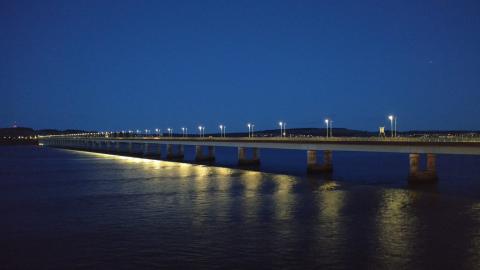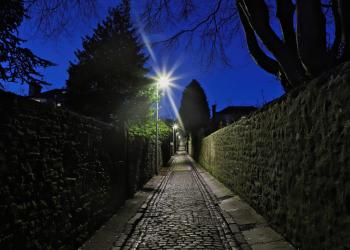LED lantern change programme changed in excess of 19,000 of the Councils street lighting lanterns from HID to LED to reduce the Council's energy use and carbon footprint for its street lighting stock.

Dundee City Council
Go To WebsiteAddressed Challenges:
- Carbon emissions
- Excessive consumption
Action Areas:
Initiative Purpose:
- Carbon Reduction
- Energy Saving
The Story

The Councils street lighting energy bill was increasing (and this was before the most recent price hikes) so by changing the remaining 19000 of the Council 26000 street lighting lanterns from HID to LED this energy reduction could be achieved. The project was carried out in a little of two years (would have been quicker, but COVID prevented completion) and as a result the street lighting energy use was reduced by just over 55% and the carbon footprint was reduced by 73%. There is also a reduction in maintenance due to LED's having a longer life than HID.
Success & Outcomes
We get a monthly energy report which record our energy use and carbon footprint. Energy use is down from 8573378kWh in 2017/2018 financial year to 3803154kWh in the 2021/2022 financial year. In the same timeframe carbon is down from 3270 tonnes to 870 tonnes.
As detailed above, there is a maintenance saving too, which will reduce the number of lamps going to landfill and reduce the number of vehicle journey's to carry out the repairs.
Advice for others looking to do something similar
Project ran well, the biggest issue being getting a sufficient number of operatives to carry out the lantern changes in such a short timeframe.
To speed up installation we employed sub contractors and had the lanterns delivered loose in packing crates and pre-cabled. There was therefore no need to un-box the lanterns and the issue of disposing of the cardboard and packaging.
The wooden crates they were delivered in were returned to the lantern manufacturers and re-used numerous times.
The pre-cabling of the lanterns by the manufacturer speeded up installation on site.


